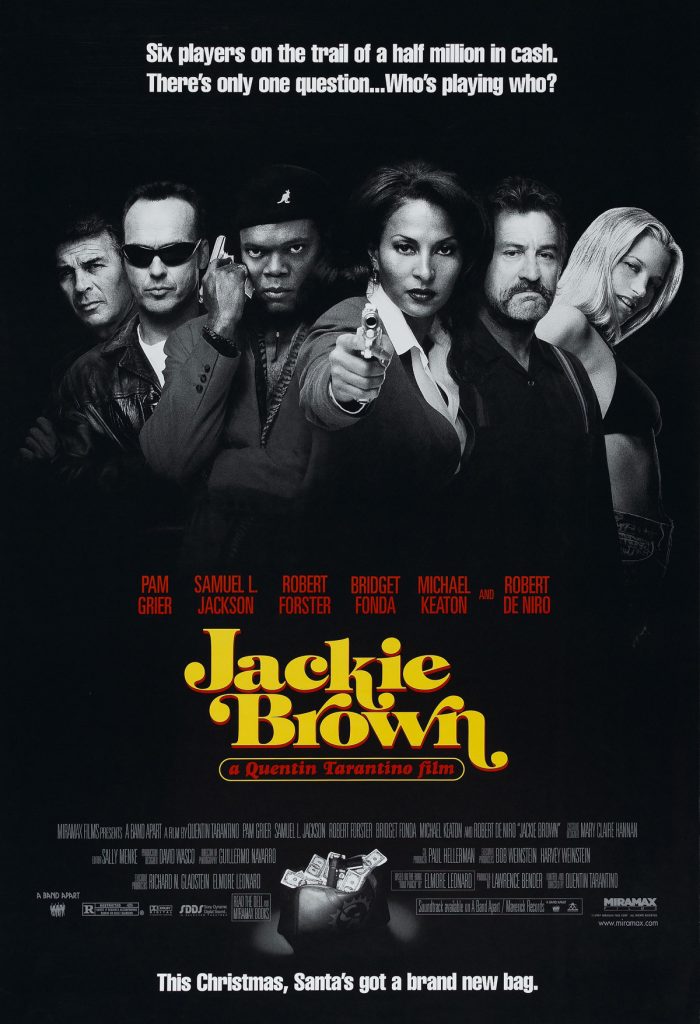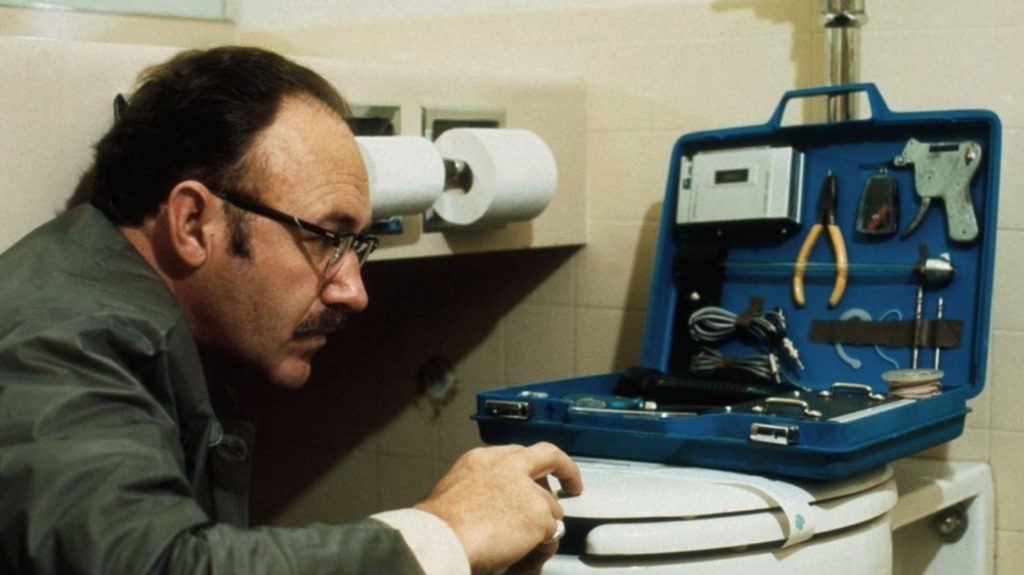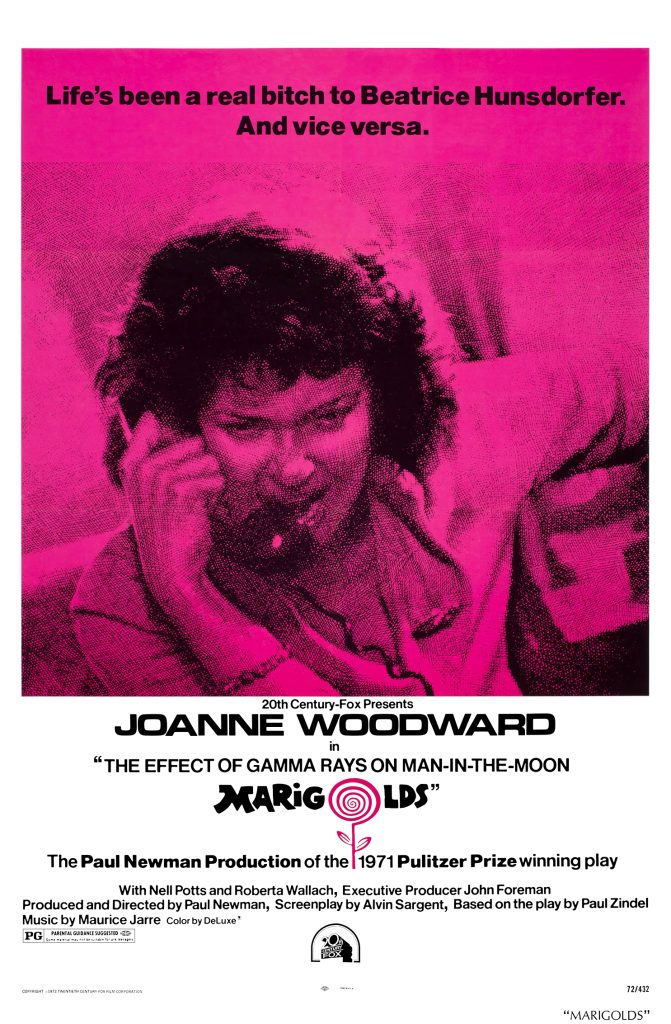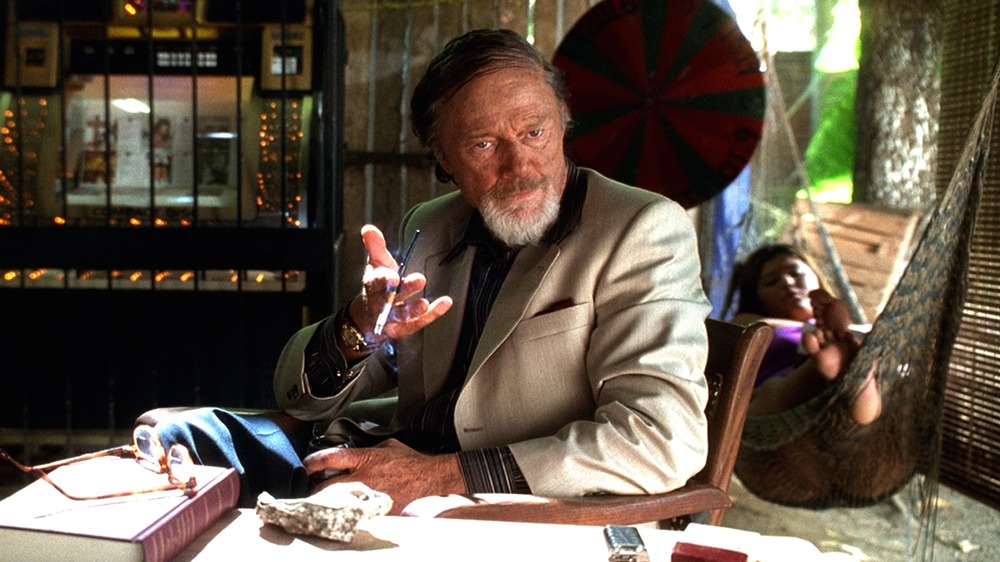“Jackie Brown” (1997): Quentin Tarantino’s Ode to Blaxploitation – Film Review

Quentin Tarantino’s “Jackie Brown” (1997) is a film that stands out in the director’s oeuvre for its mature, measured storytelling and its homage to the Blaxploitation genre. As a cinematic experience, it is both a love letter to the films of the 1970s and a platform for the comeback of Pam Grier, the queen of Blaxploitation cinema.
Crafting “Jackie Brown”: A Tarantino Experience
“Jackie Brown” is adapted from Elmore Leonard’s novel “Rum Punch,” a fact that already sets it apart in Tarantino’s filmography, most of which features original stories. Tarantino’s adaptation is faithful to Leonard’s narrative while infusing the film with his distinctive style, characterized by sharp dialogue, non-linear storytelling, and a deep appreciation for genre cinema.
The Comeback of Pam Grier
Central to “Jackie Brown” is the casting of Pam Grier in the titular role, marking a significant resurgence in her career. Grier, renowned for her roles in seminal Blaxploitation films like “Foxy Brown” and “Coffy,” brings depth, resilience, and grace to the character of Jackie, a middle-aged flight attendant caught in a dangerous game of deception and betrayal. Tarantino specifically rewrote the character from Leonard’s novel to suit Grier, seeing her as the embodiment of Jackie’s strength and survival instincts.
Tarantino’s Love Letter to Blaxploitation
“Jackie Brown” is often seen as Tarantino’s homage to the Blaxploitation era, a genre that significantly influenced his cinematic style. The film captures the essence of Blaxploitation through its character development, narrative arcs, and stylistic elements, including its soundtrack, which features music from the 1970s that complements the film’s mood and aesthetic. However, Tarantino elevates the homage beyond mere replication, crafting a narrative that also critiques and contextualizes the genre’s themes and motifs within a contemporary setting.
Behind the Scenes: The Making of “Jackie Brown”
The production of “Jackie Brown” was a meticulously planned endeavor. Tarantino, known for his hands-on approach, worked closely with his production team to recreate the ambiance of the 1970s. The film’s set design, costume choices, and music selection were all carefully curated to reflect the era while supporting the story’s modern-day context.
Cinematographer Guillermo Navarro collaborated with Tarantino to capture the visual essence of the Blaxploitation genre, employing techniques like long takes and tracking shots that added a dynamic quality to the narrative. The color palette, lighting, and camera angles were deliberately chosen to evoke a sense of nostalgia while maintaining a contemporary edge.
Ensemble Cast and Character Dynamics
“Jackie Brown” features an ensemble cast, including Robert Forster, Samuel L. Jackson, Bridget Fonda, Michael Keaton, and Robert De Niro, each delivering performances that add depth to the film’s layered narrative. Forster’s portrayal of Max Cherry, the bail bondsman who becomes romantically involved with Jackie, earned him an Academy Award nomination, highlighting the film’s character-driven narrative.
Jackson’s portrayal of Ordell Robbie, the charming yet lethal gun runner, and De Niro’s turn as the subdued ex-con Louis Gara, provide contrasting counterpoints to Grier’s Jackie, creating a rich tapestry of characters each navigating their own moral and existential dilemmas.
Narrative Intricacies and Thematic Depth
“Jackie Brown” unfolds with a narrative complexity that mirrors the multi-faceted lives of its characters. Tarantino’s script weaves a tale of cunning, ambition, and desperation, with each character maneuvering for their piece of the proverbial pie. The film’s slow-burn pacing allows for a deep exploration of themes such as survival, loyalty, and the passage of time, which are reflected in the choices and actions of the characters.
Character Study: The Heart of Jackie Brown
At the core of the film is Jackie Brown herself, a character who embodies resilience, intelligence, and a nuanced understanding of the human condition. Her interactions with Max Cherry reveal layers of mutual respect and unspoken affection, providing a poignant counterpoint to the film’s more cynical view of relationships. This dynamic is central to the film’s emotional impact, offering a narrative of personal connection amidst the broader context of crime and betrayal.
Stylistic Homage and Cinematic Craftsmanship
Tarantino’s stylistic homage to the Blaxploitation genre extends beyond narrative and casting choices, permeating the film’s visual and auditory design. The use of period-specific music, costume design, and set pieces creates an atmosphere that is both reminiscent and revitalized. The film’s soundtrack, featuring artists like Bobby Womack and Bill Withers, not only pays tribute to the era but also enhances the emotional landscape of the film.
Cinematographically, “Jackie Brown” employs a less frenetic style than Tarantino’s previous works, favoring steadier shots and longer takes that allow the viewer to fully engage with the characters and their environment. This approach underscores the film’s emphasis on character interaction and narrative tension over visual spectacle.
Behind the Scenes: Collaborative Genius
The making of “Jackie Brown” was a collaborative effort, with Tarantino working closely with his cast and crew to bring his vision to life. The director’s penchant for dialogue-driven scenes required actors capable of delivering lengthy, nuanced exchanges, a challenge that the ensemble cast met with exceptional skill. The chemistry between the actors, particularly between Grier and Forster, added authenticity and depth to their on-screen relationship.
The production team’s attention to detail in recreating the look and feel of the late 1970s and early 1980s, from the choice of locations to the design of props, contributed to the film’s immersive quality. Tarantino’s collaboration with editor Sally Menke, who had edited all of his films until her death in 2010, was pivotal in shaping the final narrative structure, balancing its complex plot with character development and thematic exploration.
Reception and Legacy
Upon its release, “Jackie Brown” was well-received by critics and audiences, with particular praise for its character development, narrative complexity, and the performances of its cast, especially Pam Grier and Robert Forster. The film was seen as a departure from the more overtly stylized violence of Tarantino’s earlier works, showcasing a maturation in his storytelling and directorial approach.
In the years following its release, “Jackie Brown” has gained appreciation for its nuanced exploration of themes such as aging, identity, and redemption. It is often cited as one of Tarantino’s most understated and underrated films, offering a contemplative yet engaging cinematic experience that pays homage to a bygone era of filmmaking while asserting its own unique voice and vision.





1 Comment
[…] L. Jackson as Ordell Robbie in the film “Jackie Brown.” “Jackie Brown” (1997): Quentin Tarantino’s Ode to Blaxploitation – Film Revi… WWF King of the Ring 1994 — A Retrospective Review “Phantom of the Opera” (1943): […]